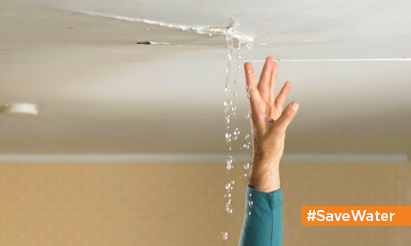5 Things to Consider Before Purchasing the Best Water Storage Tank
Water is a basic necessity that is typically stored in a water tank. As a result, water tanks are an important element of our everyday life.
Before purchasing a water storage tank for your house, you should learn everything you can about them. Water storage tanks are available in a variety of designs, materials, toughness, sturdiness, and capacities. Plastic tanks may be used to hold drinking water since they are constructed of food-grade polyethene and are protected by ultraviolet (UV) filters. Such tanks are lightweight, less expensive, and cheaper to create than steel or concrete tanks.
Here are 5 Factors to Consider Before Purchasing the Best Water Storage Tank.
- Storage Space
The tank’s capacity is the most significant feature of the water storage solution. It is entirely dependent on the number of people who use water for all of their daily requirements, including drinking, cooking, bathing, and dishwashing. According to Indian Standard Code, 135 litres of water are necessary per person per day for everyday consumption. As a result, a family of four need 650 litres of water each day. As a result, a modest water tank will be sufficient for a family of four. Large plastic water tanks are always advised for large households.
- Durability
The durability of a water tank is vital because it must be solid and powerful in addition to utilizing temperature variations, climatic changes, and wildlife such as the Monkey threat. The tank’s material should be a specified linear polyethene with a specific thickness that assures adequate strength and can endure current dangers such as temperature fluctuations or other environmental consequences, while also avoiding leaks. The water tank lid is similarly crucial for keeping dust and other impurities out of the water.
- Material
Drinking water storage facilities must be clean and toxin-free, and for security, high-quality food-grade plastic tanks or BPA-free tanks that are devoid of chemical reactions and have anti-bacterial capabilities should be used.
- Shape
Water tanks come in a variety of sizes and forms, including square, cylindrical, rectangular, and spherical, so choose the one that is simplest to store. You may select whatever tank you like, but it is best to choose one that will fit in the given space where it will be placed. Tanks in rectangles and squares can be put into corners to save space. Larger regions are better served by cylindrical tanks.
- Installation
Tank location impacts hydraulic fluid, which significantly influences water supply. Ceiling tanks are used to meet daily water requirements. Underground tanks and tanks located at floor level, on the other hand, provide temporary water reserves in the event of a water crisis.
Disclaimer: The views expressed above are for informational purposes only based on industry reports and related news stories. PropertyPistol does not guarantee the accuracy, completeness, or reliability of the information and shall not be held responsible for any action taken based on the published information.




